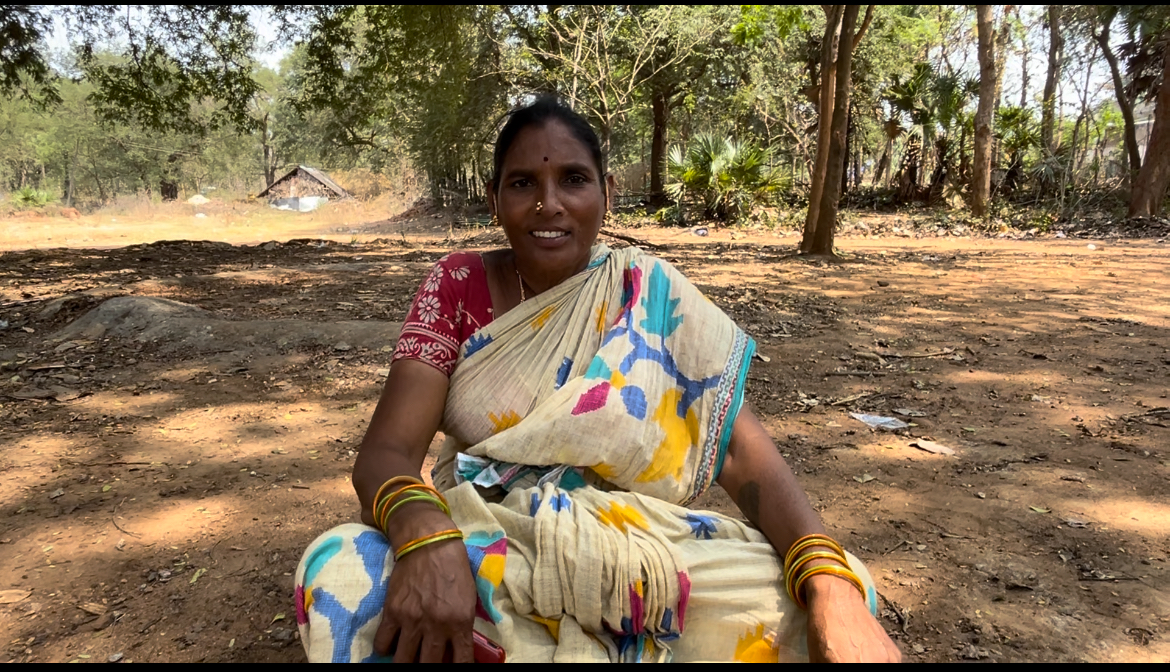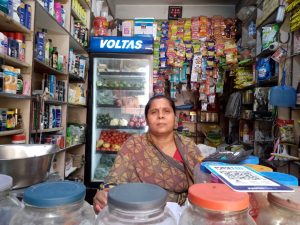[Readmelater]
‘Our Farms Are Failing, We Live On Loans From Here, There, Everywhere’
We speak to a farmer family whose roots lie in rural Andhra, but have also spread to the cities – there is simply never enough money to get by

Gedda Lakshmi, an SHG leader and farm owner talks about the rising prices and the impact it has had on her household / Bhanupriya Rao
Support BehanBox
We believe everyone deserves equal access to accurate news. Support from our readers enables us to keep our journalism open and free for everyone, all over the world.





